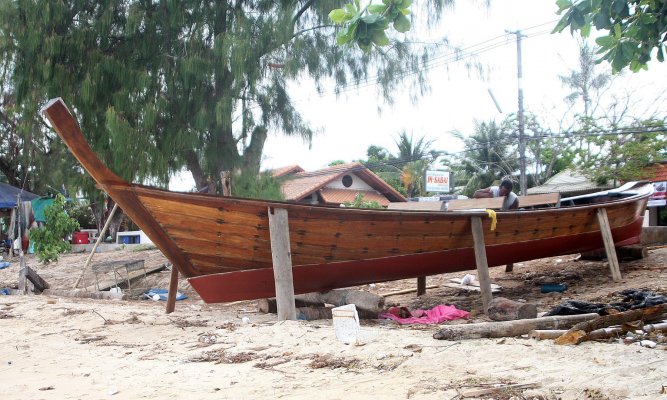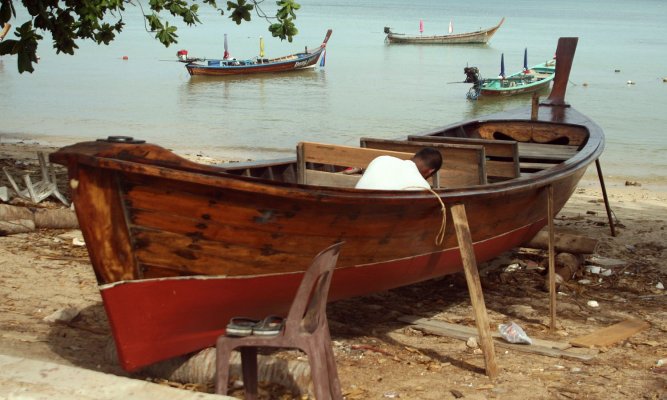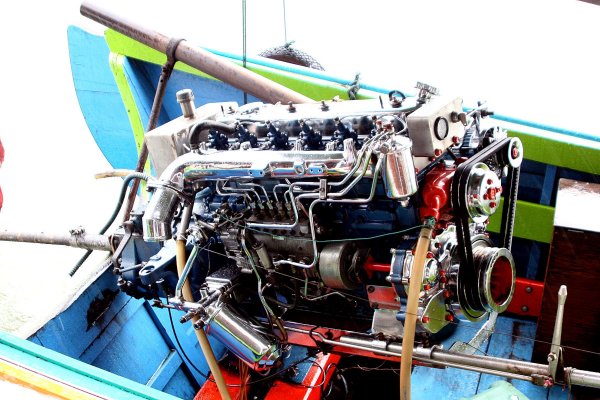AgProv
Doctor of Disorientation Studies, UnseenUniversity
- Joined
- Apr 6, 2014
- Messages
- 1,342
- Location
- too North to be Midlands, too south to be North
This discussion was spun off from the Swastikas Thread.
Brig Wrote:
Well before WW2 my mother-in-law made a quilt displaying swastikas. When the Nazis ruined the symbol, she put it away and only brought it back out long after the war. At the time it was an Indian good luck symbol.
Interestingly, in the days when British tanks were still known as "His Majesty's Landships", they could be seen adopting the seafaring tradition of having the Eye of Horus painted on the side as a good-luck charm. This never completely went away - it was seen in North Africa in 1940-43, and I understand some British armour committed to Iraq very recently had the symbol applied. So the swastika isn't the only ancient symbol that persisted into the modern age.Didn't the good luck symbol have the legs going the other way? used to see ships on the Manchester ship channel with them on the bow 40 or so years back.
Last edited by a moderator:





